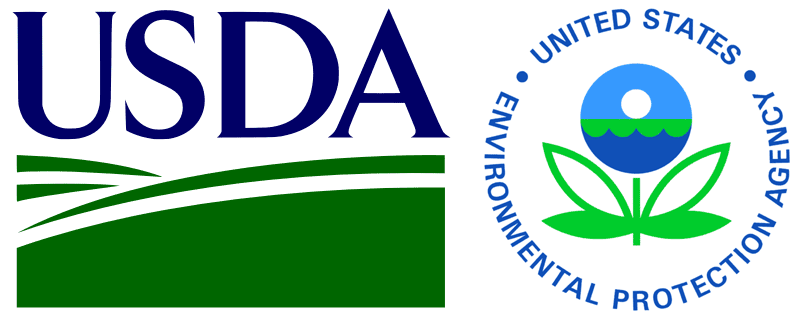On Wednesday the US Department of Agriculture and the Environmental Protection Agency set a goal to eliminate half of the nation's food waste by the year 2030.

The measure is meant to curb climate change by reducing harmful in missions that affect our planet's temperatures.
"By reducing wasted food in landfills, we cut harmful methane omissions that fuel climate change, conserve natural resources and protect your planet for future generations," said EPA administrator Gina McCarthy in a statement.
U.S. just set its 1st #FoodWaste reduction goal! 50% by 2030. Secretary Vilsack & @USDA are working with @EPA to make it happen.
— Gina McCarthy (@GinaEPA) September 16, 2015This is a continuation of efforts in recent years to educate consumers about food date labels and safe food storage, as well as partnerships with food companies to address food insecurity and help determine how to reduce the billions of pounds of food that end up in landfills.
It's estimated that the average American family of four throws away $1,500 worth of food every year, and retailers and consumers waste nearly a third of the country's food supply, according to government data.
According to the agencies if we can reduce food waste by 15% there would be enough food to feed more than 25 million people each year.
The USDA is launching a consumer education campaign including advice on reducing waste, and is partnering with foodservice companies and state and local governments to carry out the plan.
Grocery chain Albertson's, grocery delivery service Fresh Direct and food services like Sodexo expressed their support of the plan. Albertson's said that it was working to divert food to hunger relief organizations and repurpose scraps and leftovers to use in animal feed.

Consumer concerns about eating fresh and safe food are one of the common reasons for food waste. But use-by and sell-by dates on food packages are misleading, says the FDA. Sell-by dates are solely for the use of grocers to know when to pull food from shelves, and use-by dates refer to peak food quality, not when the food is no longer safe. Consumer fears of eating unsafe food causes much of the food to go to waste, even though it is still safe to eat past the dates marked.

